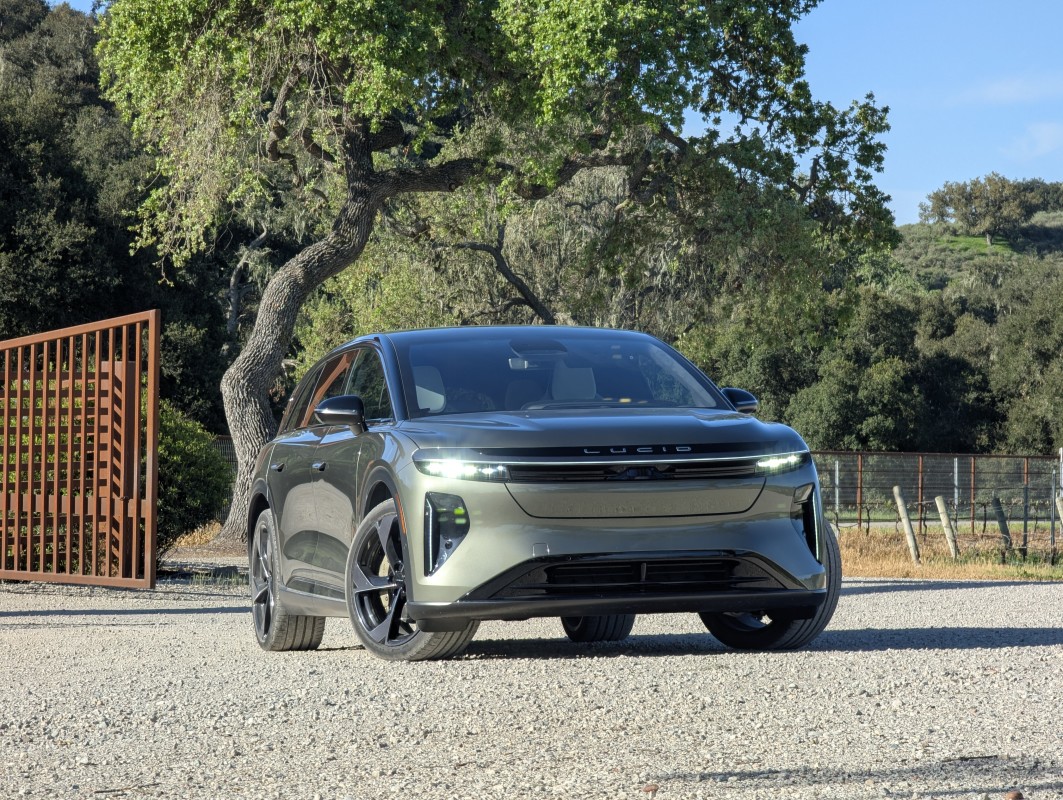How did vocal communication come to dominate human language? A view from the womb
by Alexis Hervais-Adelman, Simon W. Townsend Whether human language evolved via a gestural or a vocal route remains an unresolved and contentious issue. Given the existence of two preconditions—a “language faculty” and the capacity for imitative learning both vocally and manually—there is no compelling evidence for gesture being inherently inferior to vocalization as a mode of linguistic expression; indeed, signed languages are capable of the same expressive range as spoken ones. Here, we revisit this conundrum, championing recent methodological advances in human neuroimaging (specifically, in utero functional magnetic resonance imaging) as a window into the role of the prenatal gestational period in language evolution, a critical, yet currently underexplored environment in which fetuses are exposed to, and become attuned to, spoken language. In this Unsolved Mystery, we outline how, compared to visual sensitivity, the ontogenically earlier development of auditory sensitivity, beginning in utero and persisting for several months post-partum, alongside the relative permeability of the uterine environment to sound, but not light, may constitute a small but significant contribution to the current dominance of spoken language.
by Alexis Hervais-Adelman, Simon W. Townsend Whether human language evolved via a gestural or a vocal route remains an unresolved and contentious issue. Given the existence of two preconditions—a “language faculty” and the capacity for imitative learning both vocally and manually—there is no compelling evidence for gesture being inherently inferior to vocalization as a mode of linguistic expression; indeed, signed languages are capable of the same expressive range as spoken ones. Here, we revisit this conundrum, championing recent methodological advances in human neuroimaging (specifically, in utero functional magnetic resonance imaging) as a window into the role of the prenatal gestational period in language evolution, a critical, yet currently underexplored environment in which fetuses are exposed to, and become attuned to, spoken language. In this Unsolved Mystery, we outline how, compared to visual sensitivity, the ontogenically earlier development of auditory sensitivity, beginning in utero and persisting for several months post-partum, alongside the relative permeability of the uterine environment to sound, but not light, may constitute a small but significant contribution to the current dominance of spoken language.














































































































































































